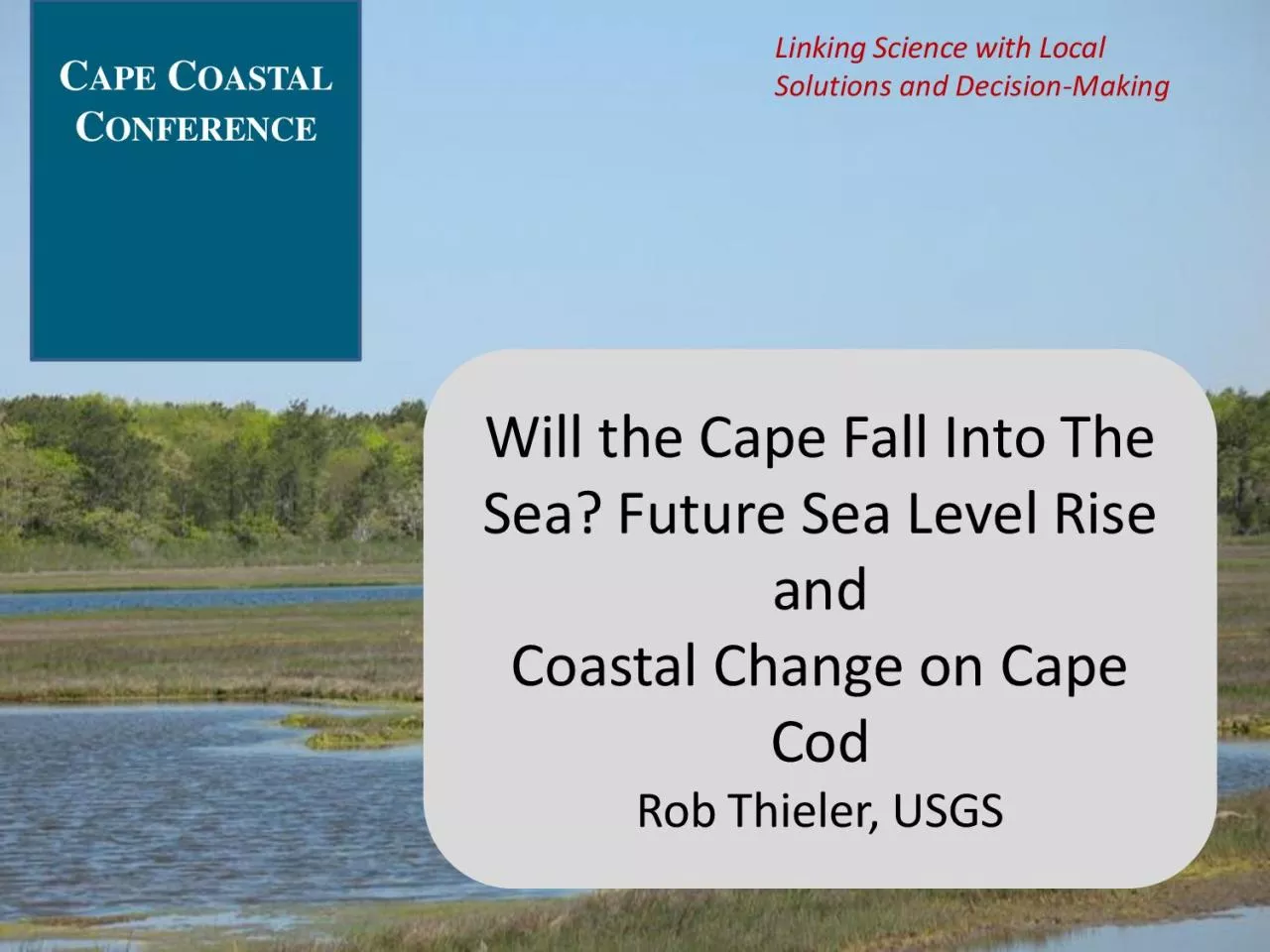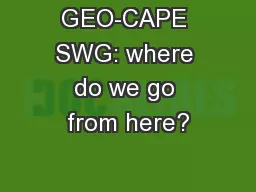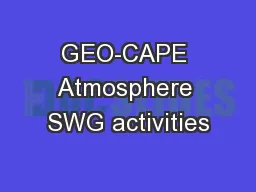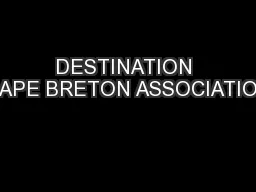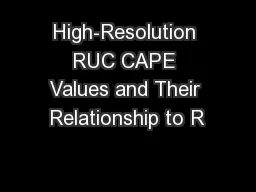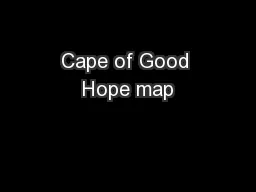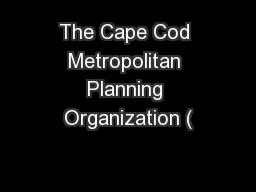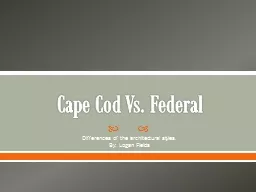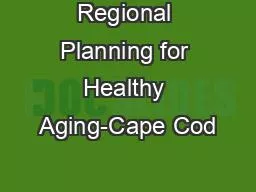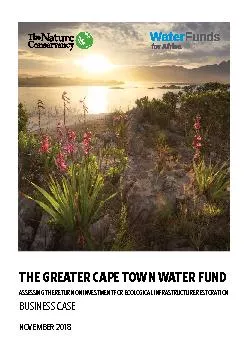PDF-Will the Cape Fall Into The
Author : victoria | Published Date : 2021-01-11
Sea Future Sea Level Rise and Coastal Change on Cape Cod Rob Thieler USGS C APE C OASTAL C ONFERENCE Linking Science with Local Solutions and Decision Making There
Presentation Embed Code
Download Presentation
Download Presentation The PPT/PDF document "Will the Cape Fall Into The" is the property of its rightful owner. Permission is granted to download and print the materials on this website for personal, non-commercial use only, and to display it on your personal computer provided you do not modify the materials and that you retain all copyright notices contained in the materials. By downloading content from our website, you accept the terms of this agreement.
Will the Cape Fall Into The: Transcript
Download Rules Of Document
"Will the Cape Fall Into The"The content belongs to its owner. You may download and print it for personal use, without modification, and keep all copyright notices. By downloading, you agree to these terms.
Related Documents

